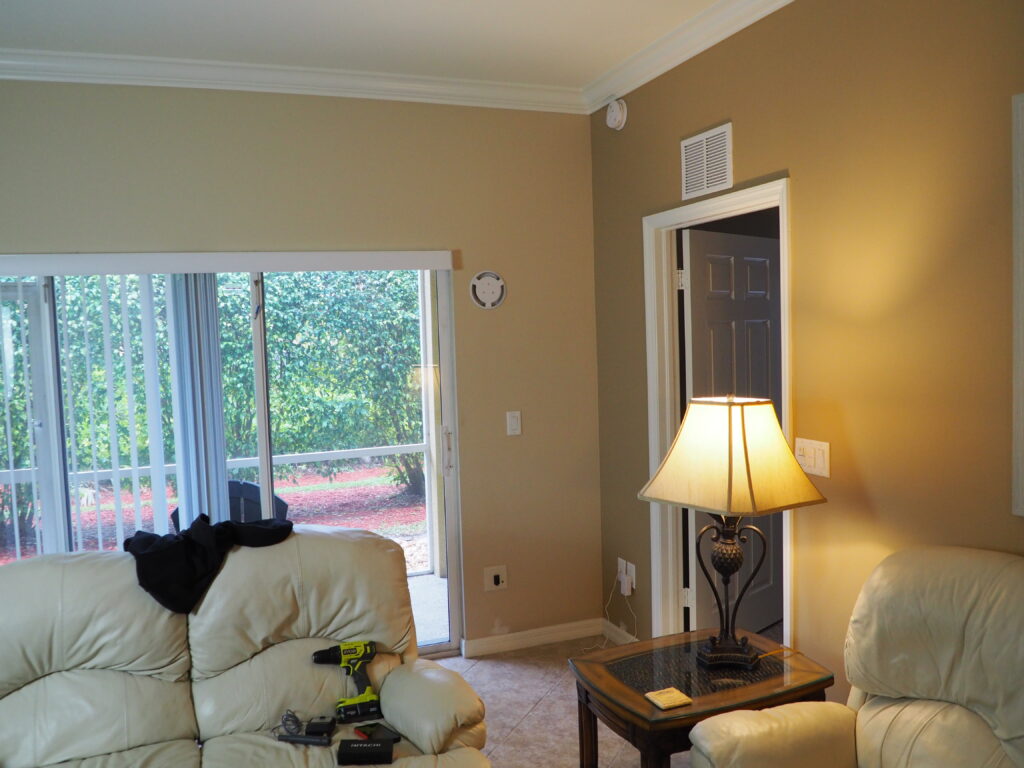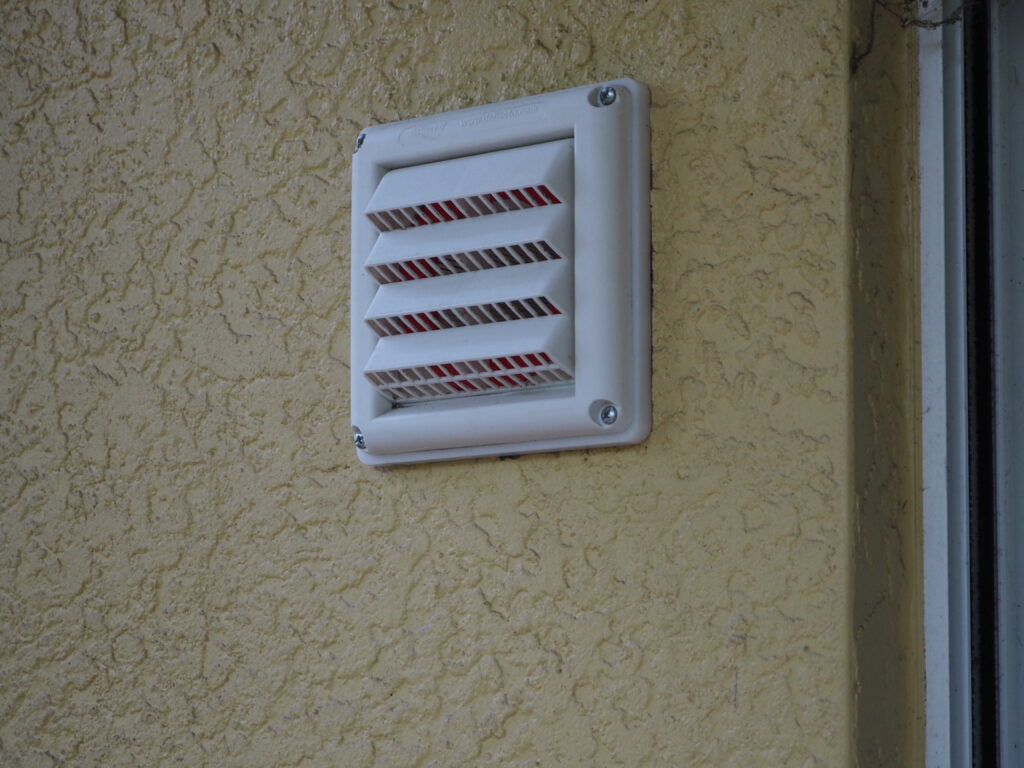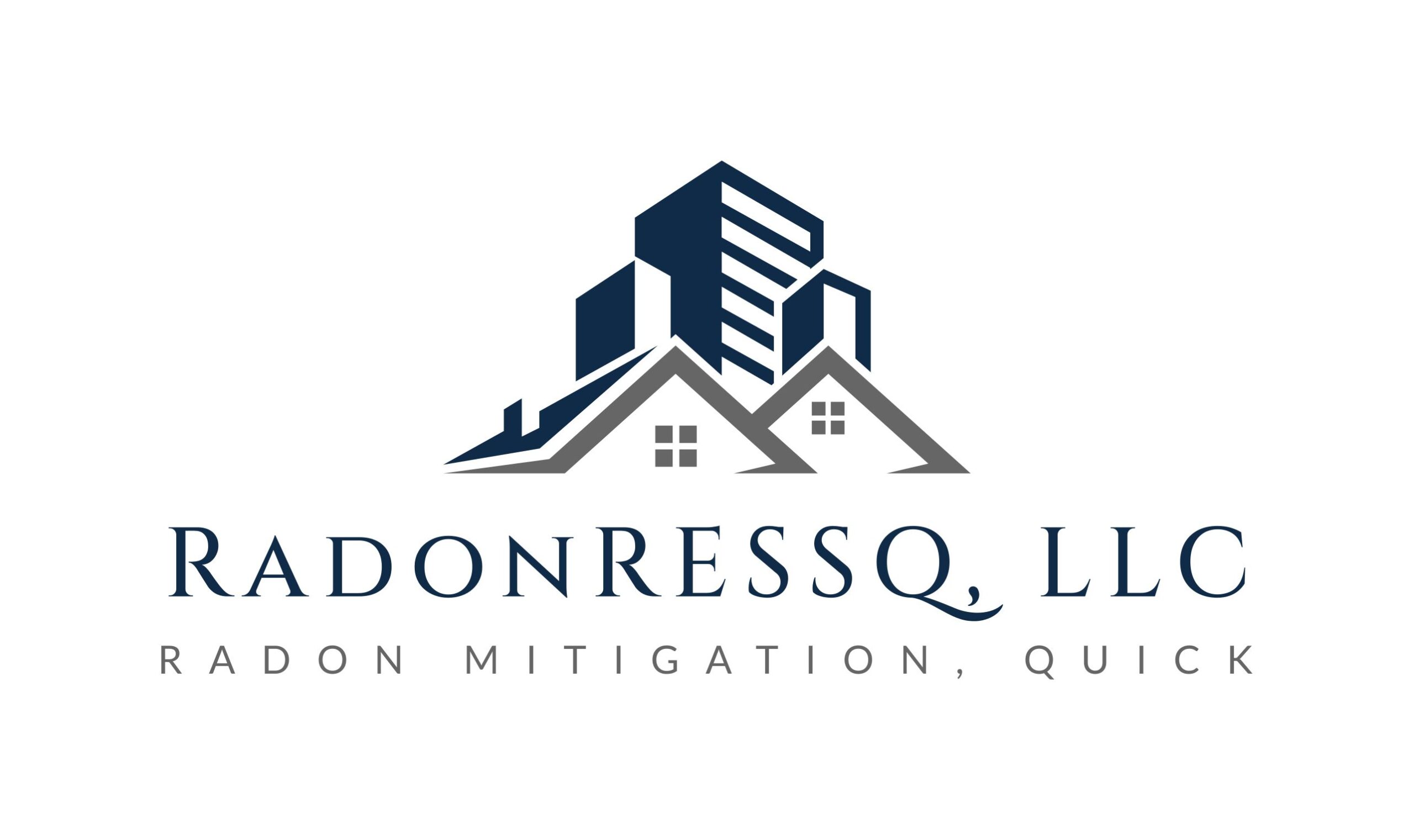

Does a Daisy Ductless Require Ducts, New Construction or Restoration?
The entire Daisy module is only 9.25 inches long. It fits entirely within an exterior concrete block or poured concrete wall. The fresh air it delivers is highly filtered by an internal filter and controlled by a humidity controller to prevent high indoor relative humidity and mold. Airflow rate may be precisely controlled to achieve the desired radon reduction.
Why doesn’t SmartVentilation use ducts to deliver/distribute fresh air?
Experience has taught us the following:
- That most mechanical ventilation systems are not satisfactorily controlled and deliver too much hot, humid air with moisture creating air conditioner dehumidification overload resulting in mold and moldy odors. Most are controlled by table lamp timers that are blind to moisture and mold problem buildup.
- When fresh air ducts end up in air handler closets, the hot humid outdoor air impinges on chilled drywall surfaces causing moisture saturation and mold-favorable conditions. But mold does not like air movement, so the mold growth occurs on the backside of the drywall where it cannot be seen, but often may be smelled. Drywall can become mushy from moisture saturation.
- When ducts end in the air handler closet, fresh air delivery is controlled by the thermostat, meaning that the more the air conditioner heats or cools, the more ventilation that occurs. WHY? Because air handler operation creates the suction that sucks in fresh air. And it can suck in more hot, humid air with moisture than can be removed. We have seen mold disasters occur in Naples apartments and condos that had concealed radon systems powered by air conditioner operation. In those cases, the more the air conditioner operated, the worse the mold problem became. Those installations were permitted and approved by Collier County (who did not have a single inspector who was licensed to inspect or to approve radon mitigation systems) Mold damage required repeat mold remediation in a hundred or more units and impaired the fair market value of the apartment complex by many tens of millions of dollars. Owners decided to convert the apartments to condos and dump them to rid themselves of the nightmare created by the concealed radon systems (that were permitted and approved by Collier County Inspectors.)
